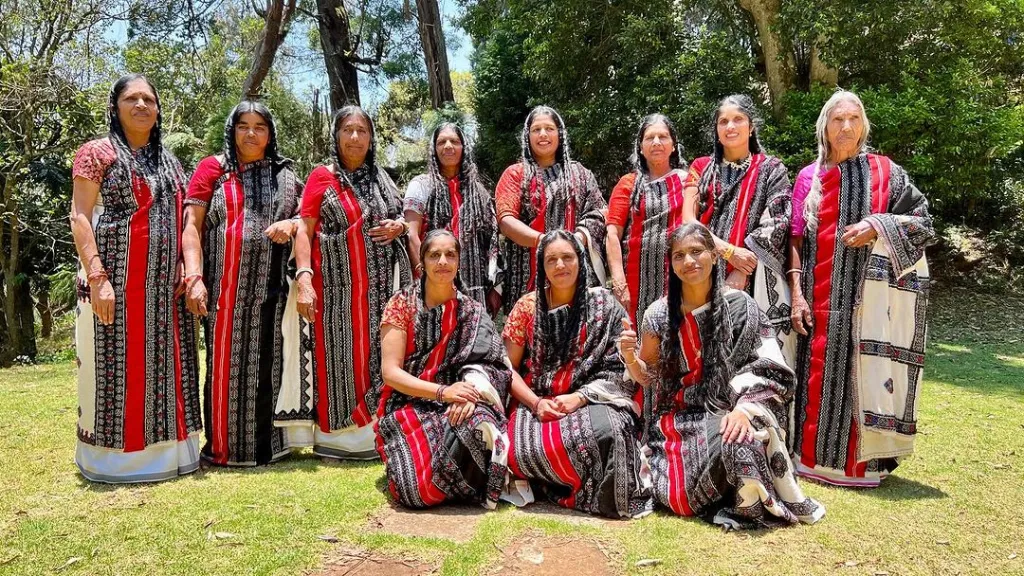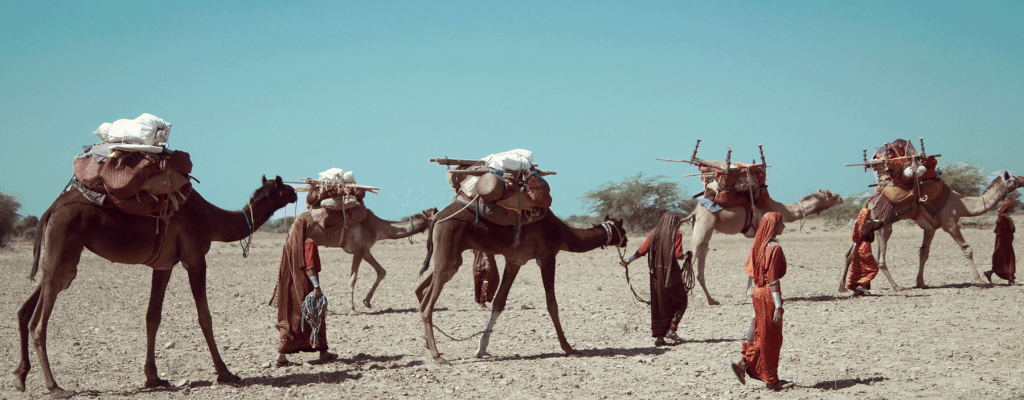Along with Odisha’s famed ikats, there are many more art forms, designs and weaving techniques yet to be popularized and find a foot hold in the markets outside Odisha. We are already witnessing slow death of many such textiles – dhala pathar, kala pathar, siminoi, habaspuri, kusumi, original cotton Bomkai etc. In the post-liberalisation phase the numbers of handlooms and weavers was nearly halved within a decade.
Today, in Odisha there are about 44,000 handlooms and 1 lakh weavers remaining, with the numbers reducing by the day. Large hordes of weavers have been reduced to breaking stones in quarries, pulling rickshaws & trolleys, selling vegetables on the streets, etc. To add to the woes of the weavers due to neo-liberalism, older problems like poor wages, feudal master-wage-weaver relations, and stiff competition from powerlooms, untapped markets and consumer ignorance add to the poor socio-economic conditions of the weavers.
BOMKAI
Among the rare original weaves that Odisha was once famous for, the Bomkai is woven on a basic pitloom and the weavers have inherited their colour and design sense from their ancestors who, like the most modern of designers, were inspired by their immediate environment. The weavers participate and dance in the annual Thakurani jatra which begins on the last Tuesday of the month of Chaitra. The male dancer in the red bomkai sari represents Durga and the one in black, Kalika. The Thakurani icon is a conceptual combination of Durga and Kalika with a headdress adorned with seven snakes.
Today, only three weavers are left in the village of Bomkai who still weave their beautiful thick cottons with extra weft designs inspired from their environment depicting bitter gourds, peacocks, parrots, trees, flowers, fishes in glow- ing colour. The others have migrated to Tamil Nadu and other states to work on powerloom or given up weaving altogether. You see this story of weavers migrating as unskilled labour and the death of the weave that is part of their heritage over and over again in Odisha.
The ones who do stick it out find every year more and more discouraging but stick it out of stubbornness and pride in their creative heritage. Kabiraj Naik, one of the only three surviving original Bomokoi weavers once said, ‘I prefer weaving in my house with my family over breaking stones and/or operating machines for 15 hours like all those people migrated to Surat and elsewhere for better salaries. All I ask for is fair wages for my weaves.’
DHALAPATHAR
The Dhalapathar offered the most exquisite handwoven tapestries in cotton. Even 20 years ago every Odia household displayed Dhalapathars proudly. Today, there are only two weavers left in Odisha who have the knowledge of this rare weave.
DONGRIA
A rare collectors’ textile, women of the Dongria Kondh community, a hill tribe in Odisha, embroider their creation myth of Niyamraja on thick handwoven cotton shawls in bright vivd colors depicting their dongars (hills) and fields. They believe in giving back to nature as much as they take from nature. These shawls are usually made for their personal use and rarely sold outside the tribe.
The tribe also call themselves as the Jharnia Kond, protector of the streams. All this signifies a deep understanding of ecology which is conveyed through the patterns on their shawls and sacred wall art.
The Dongria have protested for almost 10 years to protect their sacred mountain against Vedanta, a London based mining company which wants to mine bauxite in the hill. Mining will result in displacement of the entire dongria community and complete destruction of the flora and fauna that the mountain offers. Their determination and tenacity has won them international acclaim and inspired tribal communities across the country and around the world.
Gunjan Jain of Vriksh, who have been on a quest to revive and popularize some of these rare and dying weaves of Odisha, says “I once asked a member of the Dongria Kondh tribe in the Niyamgiri hills, if he didn’t want development. He replied that his community lived healthy, sustainable lives without having to depend on the outside market and questioned back if monetary benefits meant development to us, the modern world?”
SIMINOI
A village called Siminoi, tucked away in the district of Dhenkanal highlights a classic case of migration. There is not a single weaver left engaged in weaving the once desired thick cotton Siminoi saris. All have migrated to different cities in search of odd jobs or shifted to power loom.
– Text and Image Courtesy: http://vrikshdesigns.com/
Jaypore presents a series of contemporary interpretations of languishing crafts of India to celebrate the uniqueness inherent in each and awaken to their threatened survival.
Shop for the Odisha Renaissance collection curated by Vriksh on http://www.jaypore.com




















Leave a comment